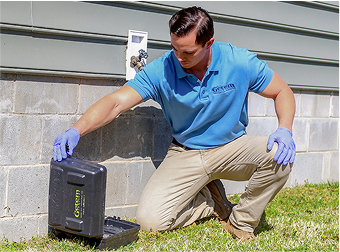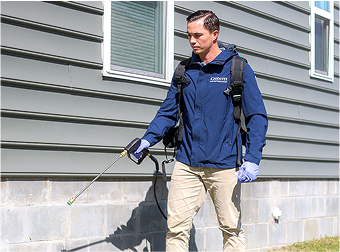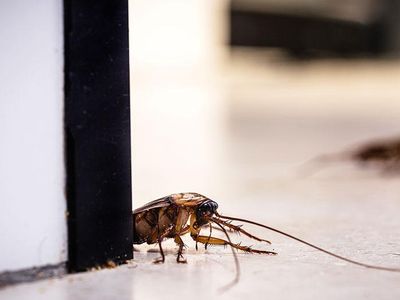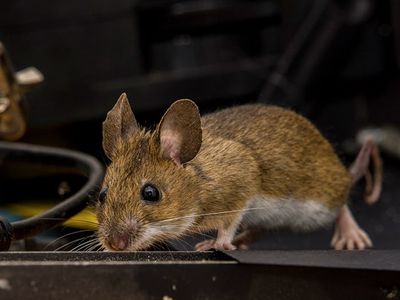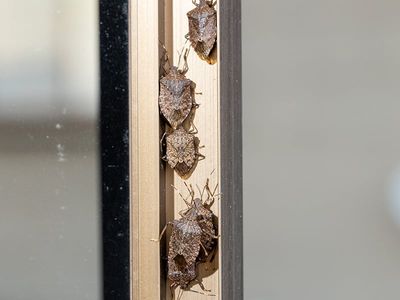Three common types of ticks in Virginia
While there are multiple species of ticks in Virginia, not all species are found in all parts of the state. The three most common types of ticks in Hampton Roads are blacklegged ticks (also known as deer ticks), lone star ticks, and American dog ticks.
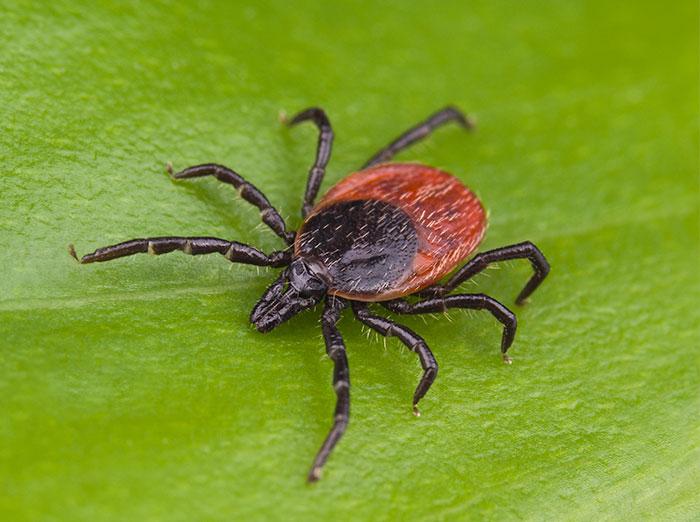
Deer Ticks
Deer ticks are approximately 1/8-inch in length and are orange-brown with dark legs. After taking a blood meal, they will become a darker red.

Lone Star Ticks
Lone star ticks are about 1/6-1/4 of an inch and are light reddish-brown with similar colored legs. When engorged, they become slate gray.
Female lone star ticks have a small white spot on their backs and males have several white markings on their backs. The immature “seed ticks” stages do not have these markings.
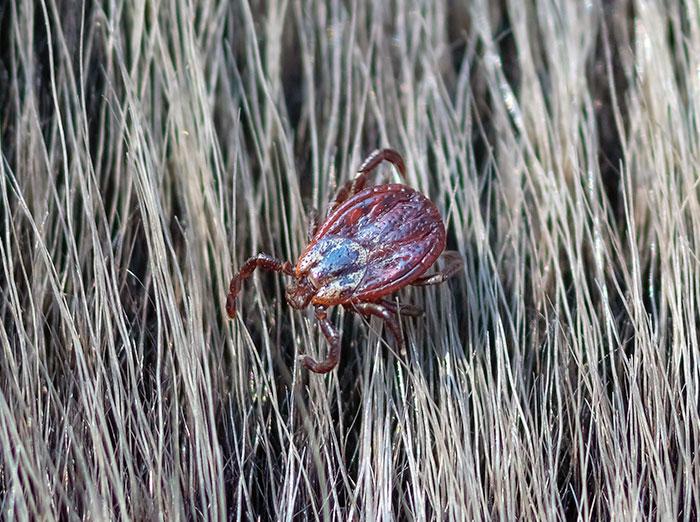
American Dog Ticks
American dog ticks 3/16 (not engorged) to 5/8 inches (engorged) and are dark brown with whitish to gray markings.
When are Ticks most active?
Are ticks dangerous?
Ticks are significant health threat as many are capable of transmitting disease. These pests require blood meals to survive and reproduce. Their preferred meal is human and other mammalian host bloods.
Deer ticks are the primary vector of Lyme disease, a serious tickborne disease whose symptoms include, but are not limited to:
- A bull’s eye rash
- Nausea
- Headache
- Fever
- Stiffness
- Muscle & joint pain
For some individuals, it can lead to nervous system complications, arthritis, and other problems.
Deer ticks may also carry anaplasmosis and babesiosis.
Both lone star ticks and American dog ticks transmit Rocky Mountain Spotted Fever (RMSF). Symptoms of RMSF include severe headaches, chills, fever, muscle aches, and other flu-like symptoms as well as a red rash typically found on wrists and ankles.
Lone star ticks are also known vectors of ehrlichiosis, a bacterium that can result in fever, chills, headaches, muscle aches, and upset stomach.
Where are ticks found?
Ticks prefer wooded, shady areas where they cling to tall grasses, shrubs, and other vegetation and wait to drop onto a potential host as it walks by. Ticks are also found in lawns, gardens, and transitional areas where manicured lawns meet woods and along trails and footpaths.
What attracts ticks?
Ticks are attracted to properties that provide the habitat they prefer and hosts to take a blood meal from.
How do I get rid of ticks?
For pest control services that target ticks, contact a licensed pest control company. At Getem Services, we’ve been helping property owners protect their families from disease-carrying ticks since 1922 and have the tools, knowledge, and experience drastically reduce the tick population. If you'd like help getting rid of ticks in Hampton Roads, please reach out today!
How can I prevent ticks on my property?
To make your property less appealing to deer ticks, Lone star ticks, and American dog ticks, or pest control pros recommend the following prevention tips:
- Keep your grass cut reasonably short
- Clear away leaves, twigs, and other organic debris
- Remove tall grass and dense overgrowth along the edges of your property
- Install a crushed rock/gravel perimeter around areas where your family spends time outdoor (i.e., patio and playset)
- Don’t set up swing sets or seating under trees
- Remove bird feeders and other sources of food that attract wildlife including deer and rodents








